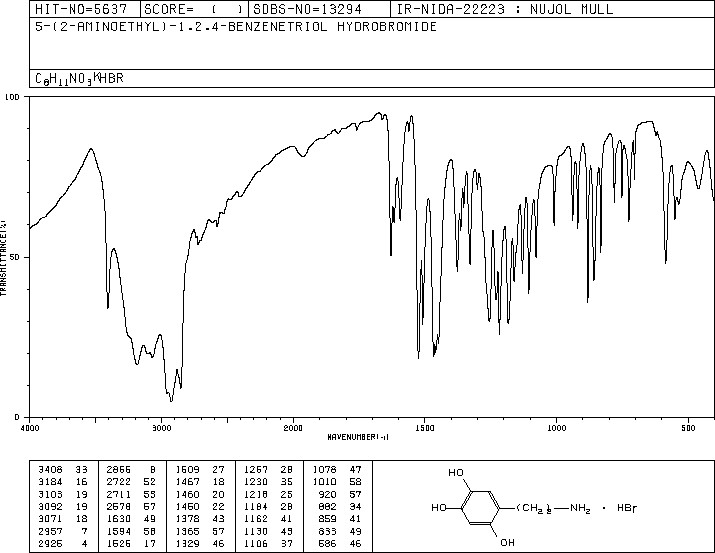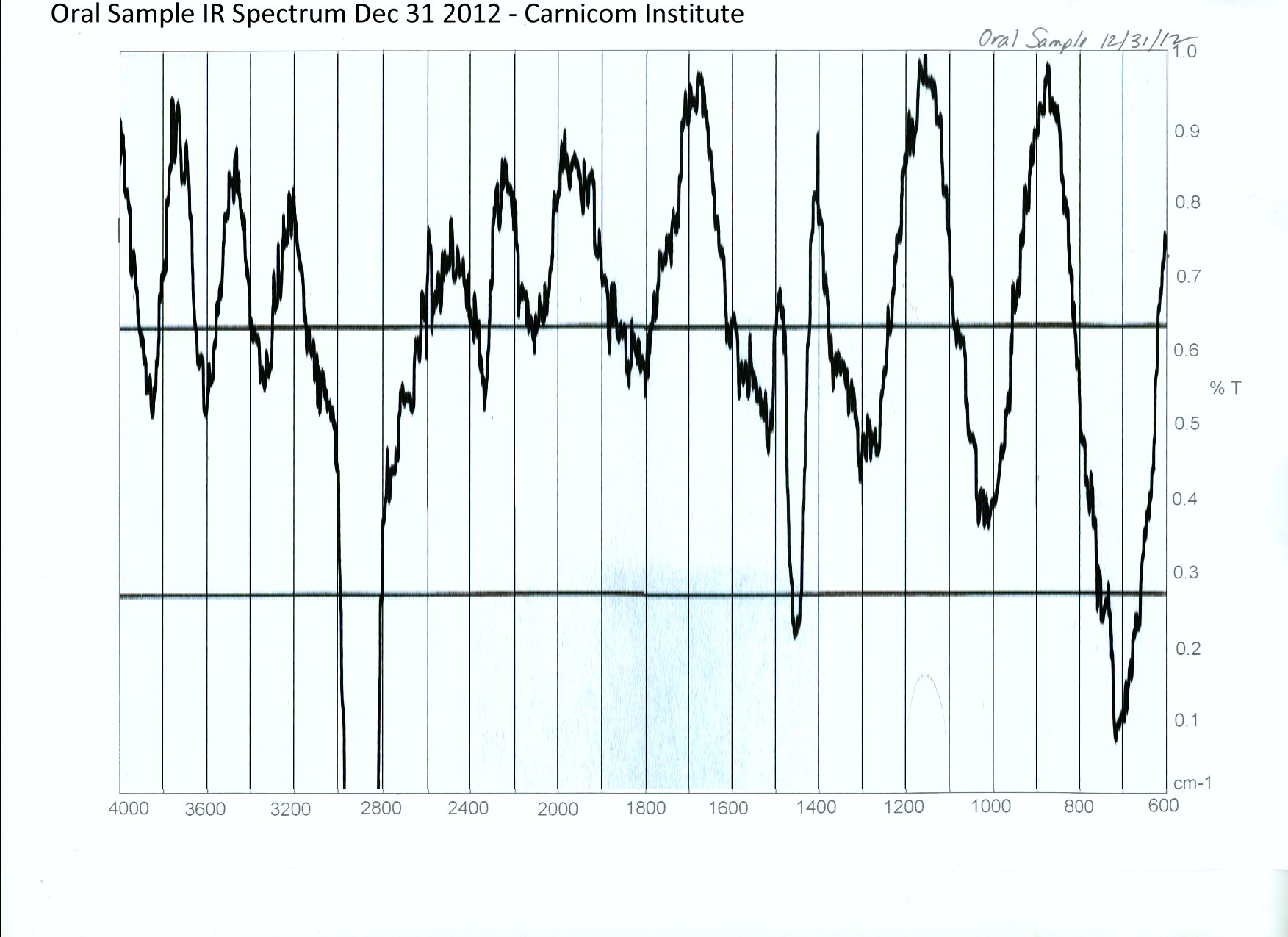
Morgellons : A Working Hypothesis – PART II : POTENTIAL HEALTH IMPACTS OF THE VARIOUS FUNCTIONAL GROUPS & COMPONENTS
We now have a puzzle before all of us. We are likely to have some of the pieces that make up the whole, but we must all work on putting the pieces together. Infrared spectrometry alone cannot do this; additional resources, execution and smart thought will be required. The earlier this puzzle is solved in detail, the better we will all be for it. I can only ask you to join in the crusade. Until that necessary level of understanding is achieved, I will continue to offer my own interpretations below. The discussion will progress through generalized structural interpretations, possible and projected health impacts, and the review of various strategies that may be worthwhile of consideration for mitigation of the anticipated and observed effects of the condition. It will again be emphasized and expressed that no medical advice or diagnosis is to be given here; each individual MUST pursue the counsel and advice of their own chosen health practitioner. The information provided here serves research purposes only.












